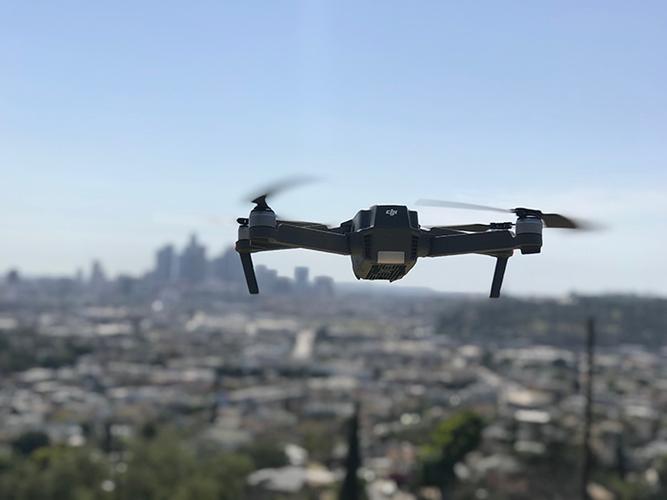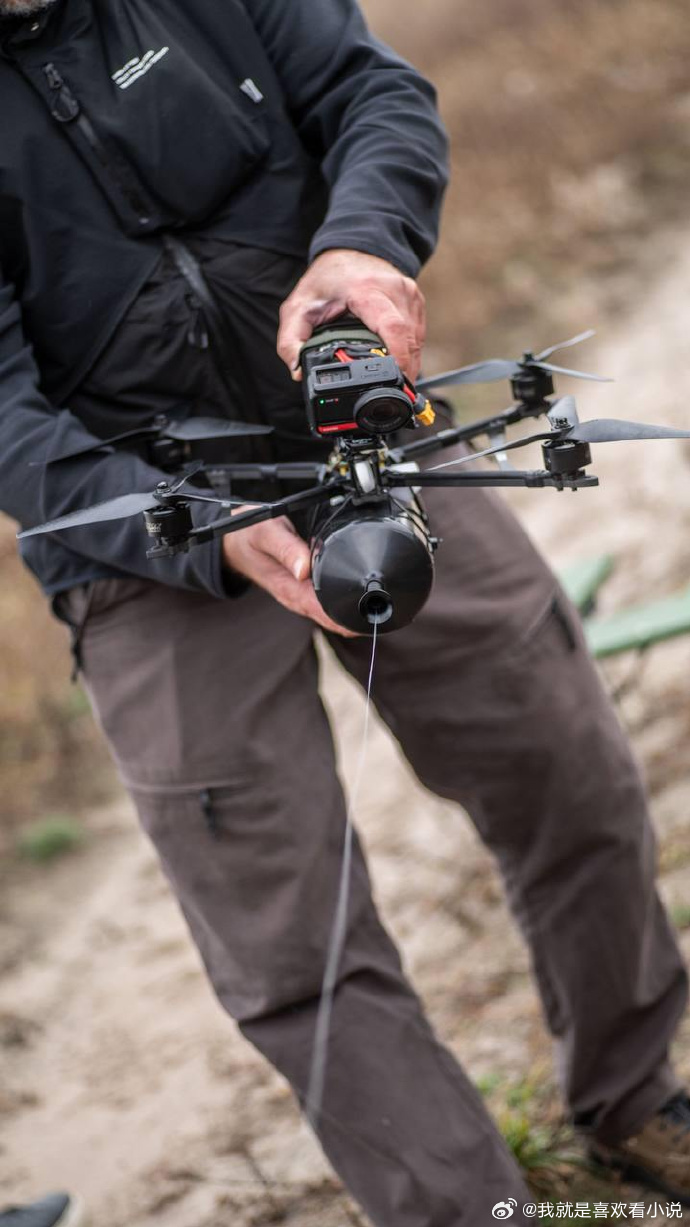The MQ-9 drone, a marvel of modern military technology, stands at the pinnacle of unmanned aerial systems. This drone, commonly referred to as the “Reaper,” serves as a pivotal asset in reconnaissance and precision strike operations.
Design and Development
The Reaper is a product of General Atomics, an aviation pioneer, demonstrating advanced surveillance and combat capabilities. Compared to its predecessors, this drone incorporates larger payloads, longer endurance, and sophisticated avionics. An aircraft powered by a turbo-prop engine, the MQ-9 has a wingspan measuring 66 feet and can maintain altitudes up to 50,000 feet. Such design improvements, including advanced aerodynamics and structural reinforcements, have contributed significantly to the Reaper’s operational efficiency.
Technological Features

The MQ-9 drone excels owing to its integrated systems. Electro-optical sensors provide high-resolution imaging necessary for surveillance tasks. Additionally, infrared sensors enable target acquisition in various environments, proving especially useful for nighttime operations.
Communication systems facilitate real-time data transfer to ground analysts, ensuring accurate intelligence dissemination. Furthermore, the onboard targeting systems enhance precision, making the Reaper an invaluable tool for military strategists.
Propulsion and Endurance
Equipped with a 900 horsepower engine, the MQ-9 drone can sustain flight for up to 27 hours. This prolonged endurance is ideal for border patrols and extended reconnaissance missions.
Its high-altitude flight capability avoids ground detection, allowing seamless penetration into contested airspace without alerting adversaries. Such advanced propulsion systems ensure the Reaper remains functional in various climatic conditions, guaranteeing mission success.
Strategic Uses
The MQ-9 plays a crucial role in modern warfare scenarios:
- Providing intelligence to ground forces
- Enhancing situational awareness for commanders
- Executing precision strikes on high-value targets

It is not just limited to military operations; civil applications include wildfire management and border surveillance.
Operational Challenges
Despite its advantages, the drone faces challenges such as anti-drone technologies and airspace restrictions. Hence, ongoing enhancements aim to mitigate these threats, ensuring adaptability across diverse operational landscapes.
Security Implications
The deployment of MQ-9 drones suggests ramifications for global security, affecting policy decisions and international relations. The versatile nature of the drone makes it a focal point in strategic defense meetings globally.
FAQ
- What is the maximum payload capacity of the MQ-9 drone?
It can carry up to 3,850 pounds, accommodating various sensors and weaponry. - How does the MQ-9 compare to the Predator drone?
While both serve reconnaissance and strike functions, the MQ-9 offers higher endurance and payload capacity. - What are the non-military uses of the MQ-9 drone?
Besides military applications, the drone aids in disaster response, wildlife conservation, and atmospheric research.
As surveillance technology advances, drones like the MQ-9 continue to evolve, offering enhanced capabilities while addressing both strategic opportunities and challenges.